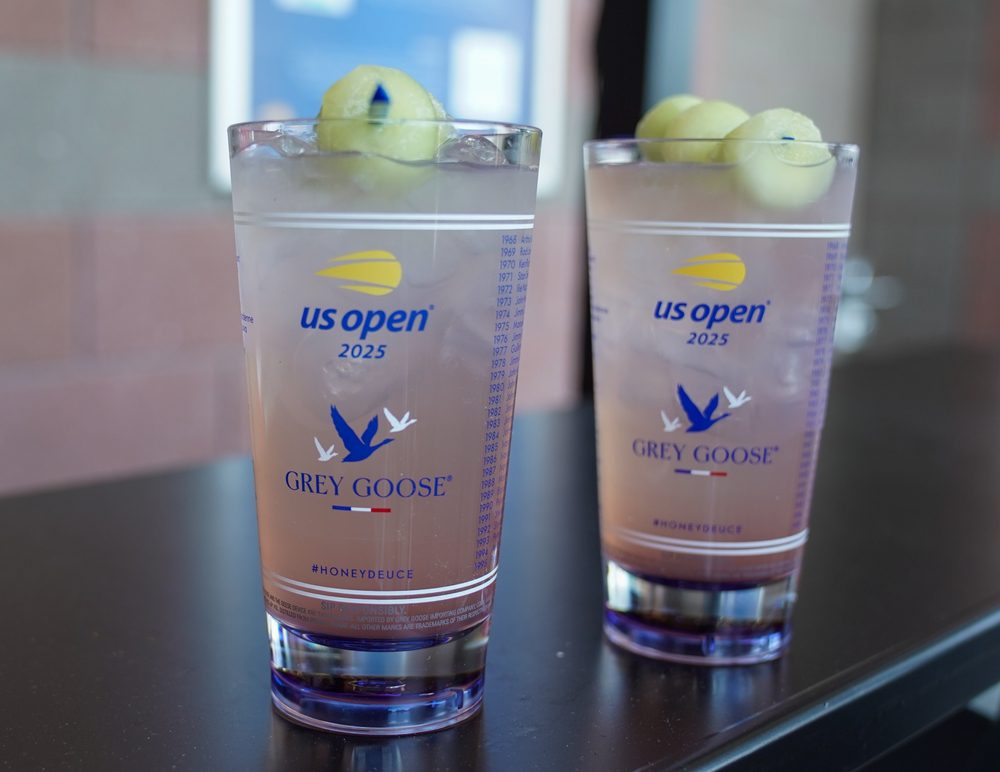Royalty marketers have done a good job of locking in affluent consumers, 71% of whom participate in at least one loyalty program. But the field is wide open for expansion: Fifty-eight percent of all consumers, regardless of income, are not now enrolled in any programs, and 14% are unaware of them, according to a study by Carlson Marketing Group, a Plymouth, MN-based loyalty marketing consultancy.
The study also found that eliminating a popular program can chase customers away. Almost four out of five credit card program members said they would spend less (56% less) if their favorite loyalty schemes were discontinued. Seven out of 10 airline participants said the same thing, although the average decrease would be smaller-32%.
But fewer than half of all retail program members said they would pull back on their spending, and the falloff would amount to only 14%. The impact would be even less for telecommunications companies-23% would curtail their spending, resulting in an average drop of 13%.
An Incentive to Spend Among respondents with incomes above $75,000, 42% said that being enrolled in a loyalty program spurred them to spend a considerably larger amount with the sponsor than they would have, while another 18% reported spending somewhat more. Across the whole sample, just under 25% said they would greatly increase their spending, while 30% said they were more inclined toward only modest increases.
Historically, respondents spent 27% more with a company after joining a popular loyalty program. Credit card programs were especially productive, resulting in an average increase of 46%. Airline programs were next, with 33%. Retail operations saw an average rise of only 18%.
Most members also tended to spend more often. Four out of five credit cardholders made more purchases with their cards when they belonged to a program, and seven out of 10 airline consumers spent more on tickets from the host airline. More than half of all retail participants increased their purchase totals.
But that success has not been repeated by telecom companies; only 30% of their loyalty plan enrollees say their service use has increased. Nearly six in 10 say they’re already giving their service provider as much business as they possibly can.
Of all the loyalty efforts cited in the survey, frequent flyer programs were clearly the most popular, with 72% of all respondents indicating that they had participated in them. But that doesn’t prove loyalty to one airline-the average member tends to belong to slightly more than three programs.
Sixty-nine percent have joined other point-based programs, like those run by hotels for frequent guests. Almost two-thirds have availed themselves of punch-card programs (“Rent 10 videos, get one free”), and half have signed up for fee-based birthday clubs and similar membership offerings.
So why do people join loyalty programs?
The most widespread reason to participate was points or miles, especially among frequent flyers (47%) and credit card participants (30%).
However, only 9% of all members were motivated by other types of benefits, such as service upgrades. The same percentage said they joined programs because it was easy, and a smattering of respondents said they were driven by any number of additional discounts or savings gained through membership.
Among airline customers, 14% said they signed up because they’d been using the airline to which the program was linked. Seven percent mentioned that they joined because enrollment was free.
Credit card members (13%, anyway) were also attracted by benefits or rewards of membership. Nine percent also said they were lured to join by various bonus incentives.
Telecommunications customers, on the other hand, tended to be motivated by good rates. Twenty-one percent cited that as their main reason, whereas 17% said they joined because they were automatically enrolled.
Another 12% mentioned free airtime or minutes. Good rewards and benefits were next at 9%, tied with ease of use.
We’ll Enroll Ourselves Automatic enrollment may be more of a benefit for program operators than consumers. Less than one-third of the respondents said they wanted companies to automatically enroll them, while the remainder said they preferred to enroll themselves.
What’s the single most important feature of loyalty programs? Rewards, according to 77%. Seven out of 10 also indicated intangibles such as preferential treatment. Special offers and discounts were also rated as key factors.
How About Newsletters? Newsletters were rated highly by only 23%, and use of promotional pieces by 14%, although these media are often used to convey information about other types of benefits. Nearly half of the respondents said that they read their account statements closely, and a similar amount indicated that they gave special offers careful consideration. Retail program participants are more likely to thoroughly read newsletters and special offers than other loyalty program members.
Talk to Us The survey reaffirmed the importance of communication from the host. Only 2% said they didn’t want any form of contact. Those that do expect regular messages: In 1998, 89% said they expected to be contacted at least once per quarter, with more than half indicating that they wanted monthly communications.
They also want more frequent rewards.
On average, participants expect to earn a reward within seven months of joining a program, with 32% saying they believe that they ought to qualify for rewards within the first quarter of enrollment. The average expected reward time for those in retail loyalty programs was even shorter (five months).
Who’s the least loyal? Retail program members, only 61% of whom shop either largely or exclusively with the host store.
However, 91% of the credit card members exclusively patronize the company that hosts their favorite program, or are inclined to shop around less since joining.
Carlson Marketing Group’s research was conducted among 522 loyalty program participants in the fourth quarter of 1998. Participants were mailed packets of program description cards, and then questioned through an in-depth interview process.
 Network
Network

